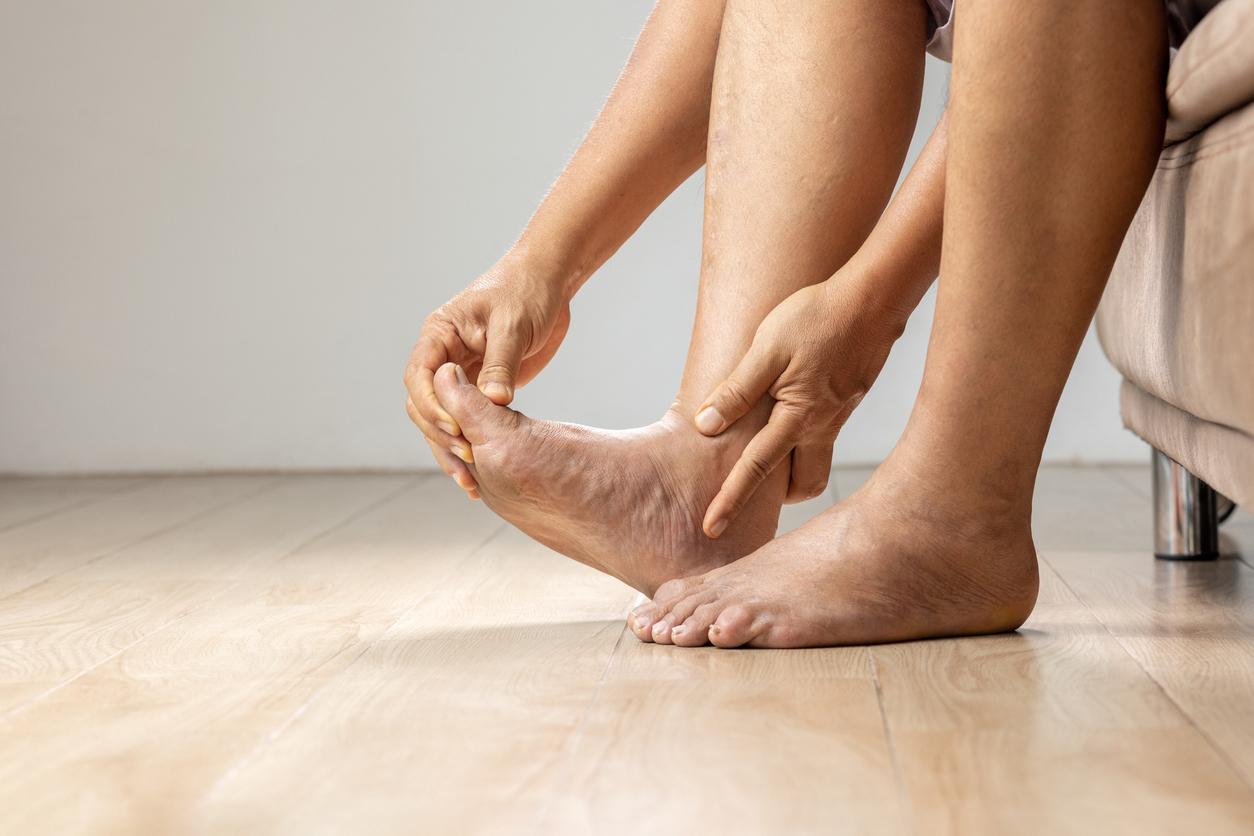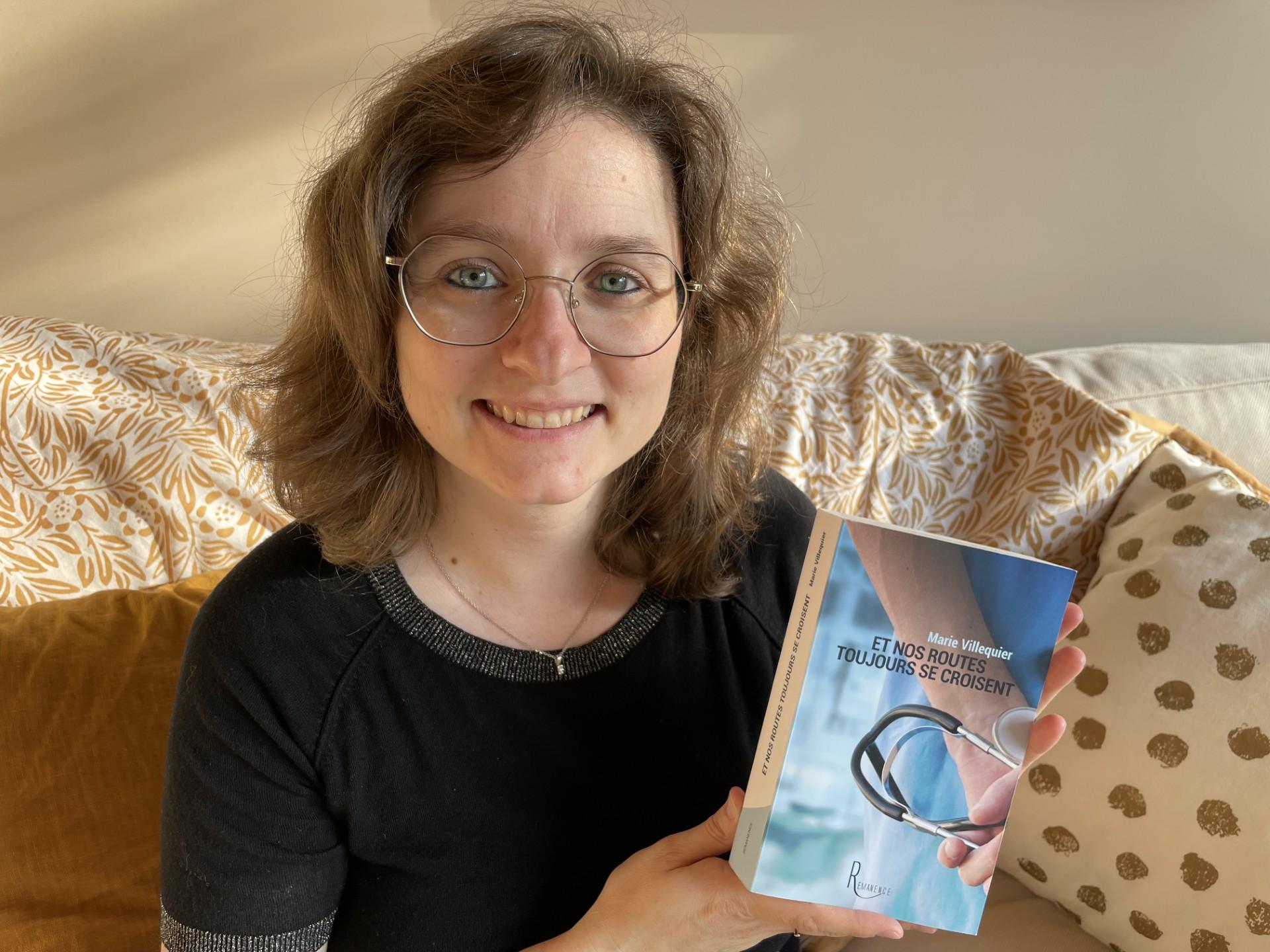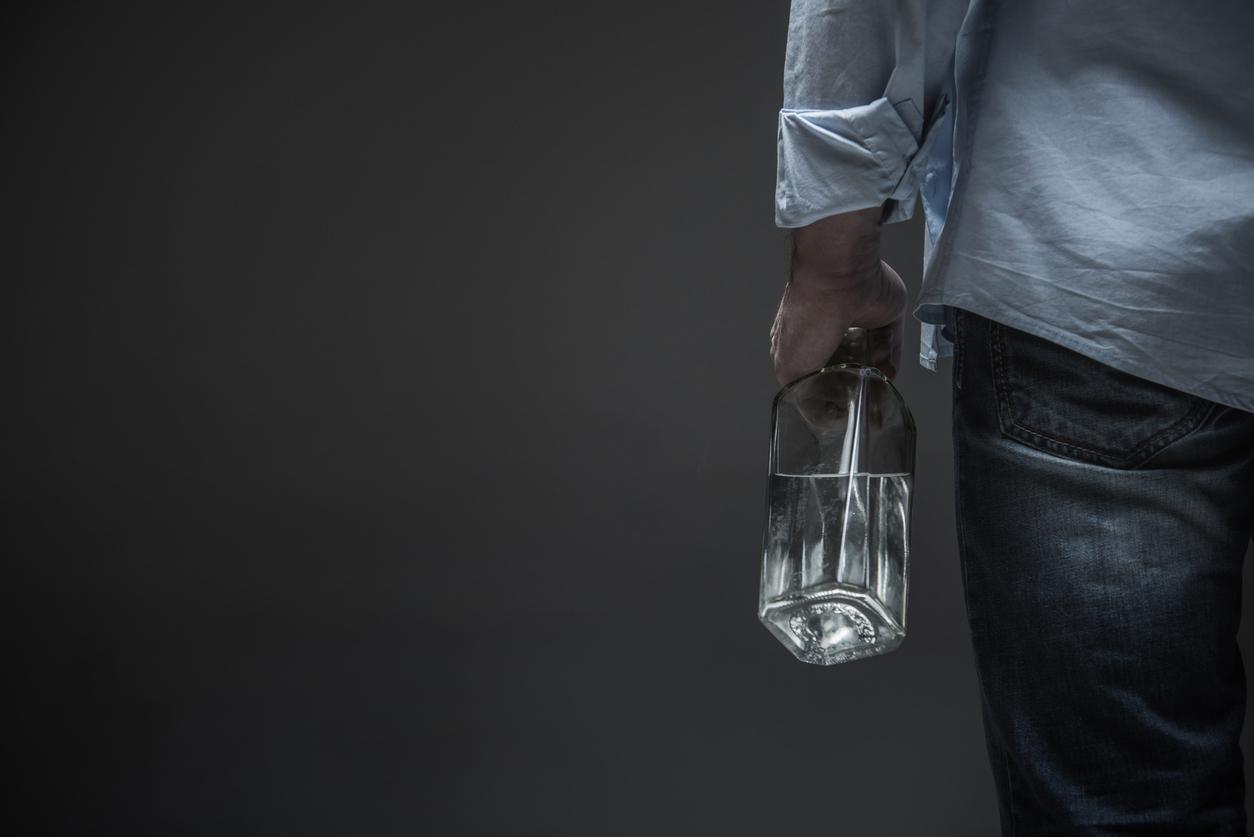Exerting pressure on the belly of a future mother to facilitate the expulsion of the baby has been discouraged by the High Authority for Health since 2007. However, some pregnant women still experience abdominal pressure during childbirth.

In 2011, twelve hours after her arrival at the maternity ward of a hospital in Étampes, Katy G., 8 months and two weeks pregnant, was placed in the delivery room. A midwife and a nursing assistant sit on either side of her bed. “You have to start pushing ma’am”, exclaims one of the health professionals. The patient complies. Despite her multiple attempts, her baby is unable to progress in her pelvis. Practitioners take action. “One of them holds my legs. The other climbs on a small stool, details Katy G. She places both hands on the top of my stomach and presses with all her might several times. feel bad and suddenly I see several doctors coming into the room”. This gesture that the forty-year-old struggles to evoke without emotion is called “abdominal expression”.
“This maneuver caused a tear in the bladder”
Four years earlier, the High Authority of Health (HAS) had nevertheless recommended “abandonment” of this supposed practice “shorten the duration of the second stage of childbirth”, because “Fat pressure is associated with different complications, including 3rd and 4th degree tears and uterine ruptures, as well as dyspareunia and urinary incontinence at six months postpartum”.
This unfavorable opinion was reiterated by thehealth authority in 2018 with more firmness by recommending “not resorting to abdominal pressure during labor or expulsion.” Cyril H., Obstetrics General Secretary of the National College of French Gynecologists and Obstetricians (CNGOF) underlines a “benefit/risk ratio unfavorable for the mother.” Katy G. experienced it the hard way: “These midwives almost killed me. This maneuver caused a tear in the bladder. I had to wear a urinary catheter for several days”, she reports today.
Abdominal pressure, an “old habit” that is struggling to disappear
Despite these caveats, investigation conducted by the Collectif Interassociatif Autour de la Naissance (CIANE), published in June 2017, reveals that 13.6% of women suffered from this gesture in 2016. In 2020, they were still 3% to suffer what feminist associations, such as Pour une MEUF (For Engaged, United and Feminist Medicine) or the Institute for Research and Action for Women’s Health (IRASF), qualify as “obstetrical violence”, “i.e. 25,000 deliveries out of 800,000 births”, according to a study carried out by the collective Stop Obstetric & Gynecological Violence (SVOG).
“It’s an old habit. It takes some time for the recommendations to be adopted by the whole medical team”, says Anne Évrard, co-president of CIANE. The case of Aurélie S. is the perfect example. The patient endured abdominal pressure on December 16, 2020, in a clinic in Saint-Avold in Moselle. Eleven hours after his admission to the maternity ward, a midwife asks him to “to push”. She is exhausted. His efforts are ineffective. The practitioner decides to call for backup. “A gynecologist, with an imposing build, entered the room, recalls the 26-year-old mother. He performed an episiotomy without my consent and then he pressed on my belly, more precisely below my chest. didn’t ask for my consent or explain what he was doing. I felt like I was exploding, it was horrible.”
Lack of staff: this gesture compensates for “the absence of gynecologists”
Failing to extol the merits of this gesture, some health professionals assume it. “The purpose of abdominal pressure is to accompany the pregnant woman during pushes to avoid too long an expulsion or to have recourse to forceps, suction cups or spatulas. I am not against this maneuver, provided that it is well done, because it is a little help”explains the liberal midwife Florence BG, quick to recall that she practices this gesture less and less.
A “assistance” often requested by midwives “to compensate for the absence of gynecologists-obstetricians in the delivery room”, says Caroline C., former midwife and deputy general secretary of the National Trade Union Organization of Midwives (ONSSF). It specifies that these situations can occur both in “small maternities”, that is to say in level 1 establishments, than in level 3 hospitals.
“When the baby has an abnormal heart rhythm and the doctor is not there or is busy with another emergency, such as a caesarean section, fundal pressure may be a resource,” corroborates Cyril H. Sandrine B., midwife in a hospital center in Lens, agrees that “in an emergency, we do everything we can to speed up the delivery and we are therefore tempted to press on the mother’s belly.” For Delphine M., midwife and member of the association For a girl : “Nothing, not even urgency, justifies this maneuver, the effectiveness of which has not been proven.”
A lack of control and sanctions
If many health establishments have given up on this method, notes the co-president of CIANE, Anne Évrard, this gesture is used “still too frequently to call it exceptional”. Problem, no mention is made of the abdominal expression in the medical file of the patients, because “it’s an eviction aid”, justifies Caroline C. “This gesture is part of the medical acts that are carried out during childbirth but that are not stipulated”confirms Florence BG However, the High Authority for Health indicates that “if abdominal pressure is performed despite the recommendations, it must be noted in the patient’s medical file by the person in charge of childbirth, specifying the context, the methods of performance and any difficulties encountered”.
Traumatized by her delivery, Katy Gozal considered legal action for a time, but the lack of evidence quickly discouraged her. “At the time, the midwives advised me not to file a complaint because the hospital would have won the case”, she recalls, flipping through her medical records. Sonia Bisch, spokesperson for the collective Stop aux Violences Obstetricales & Gynecologiques, confirms that the words of victims of abdominal pressure are never taken into consideration. “In general, women who file lawsuits always lose because the health facility says the maneuver performed was a massage to push the placenta back into place,” she is indignant. According to the jurist, Marie-Hélène Lahaye, “No complaint has been successful so far, because there is a legal vacuum. We must find a legal qualification for this gesture to be taken into account and create a broader law on obstetric violence.”
“The health authority publishes recommendations but no control over well-treatment is carried out”, adds Sonia Bisch. The CIANE and the SVOG deplore the culture of the unsaid in the medical profession. “When some practitioners denounce their colleagues, the latter are never sanctioned”, blame Sonia Bisch.
Abdominal pressure: “they advised me to pretend to realize it”
Marine DJ, a fourth-year midwifery student at the University of Versailles Saint-Quentin-en-Yvelines, hopes that the new generation of midwives will overcome this practice. “Fortunately, abdominal pressure is no longer taught at school. Teachers often tell us that this gesture is ‘prohibited’ because it is dangerous and useless. In situations that require accelerating childbirth, they recommend waiting for the arrival of the gynecologist-obstetrician, who alone can use an instrumental extraction”, she expands.
If the 22-year-old young woman has never seen a health professional perform this gesture during her internship, she knows that some gynecologists-obstetricians sometimes invite midwives to perform it. The student recalls an exchange she had with colleagues during one of her shifts at the hospital: “They advised me to simply refuse to perform a fundus pressure or ‘pretend’ to perform it.”











-1739366311.jpg)




